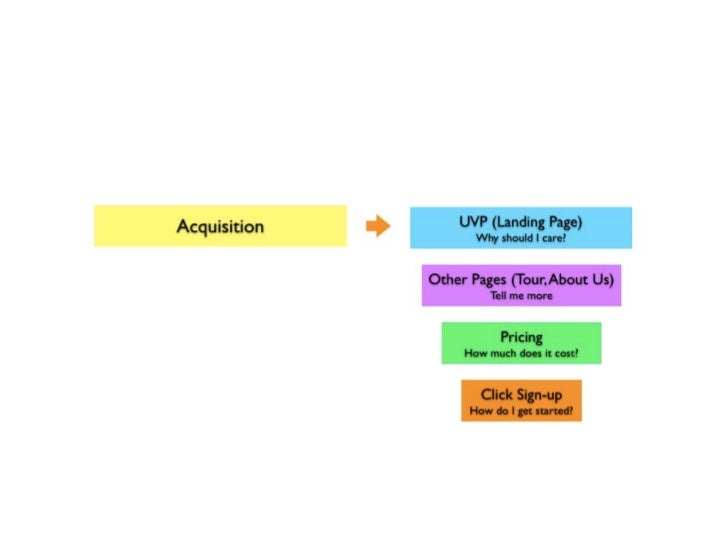Ash Maurya Running Lean Pdf Creator
This article may rely excessively on sources too closely associated with the subject, potentially preventing the article from being and. Please help by replacing them with more appropriate to. (October 2016) () Lean startup is a for developing businesses and products, which aims to shorten product by adopting a combination of business--driven experimentation, product releases, and.
The central hypothesis of the lean startup methodology is that if invest their time into iteratively building products or services to meet the needs of early customers, they can reduce the market risks and sidestep the need for large amounts of initial project funding and expensive product launches and failures. Contents • • • • • • • • • • • • • • • • • • • • History [ ] The lean startup methodology was first proposed in 2008 by, using his personal experiences adapting lean management principles to. The methodology has since been expanded to apply to any individual, team, or company looking to introduce new products or services into the market. The lean startup's reputation is due in part to the success of Ries' book,, published in September 2011. Listed the book as one of their Best Business Books of 2011, and by June 2012 the book had sold 90,000 copies. Ries' said that his first company, Catalyst Recruiting, failed because he and his colleagues did not understand the wants of their target customers, and because they focused too much time and energy on the initial product launch. Next, Ries was a senior software engineer with There, Inc., which Ries described as a classic example of a Silicon Valley startup with five years of stealth, $40 million in financing, and nearly 200 employees at the time of product launch.
Running Lean Canvas. Slideshare uses cookies to improve functionality and performance, and to provide you with relevant advertising. Ash Maurya is the author of Running Lean and the creator of the one-page business modelling tool Lean Canvas. His posts and advice have been featured in Inc., Forbes. That's the promise of Running Lean. In this inspiring book, Ash Maurya takes you through an. Adobe PDF eBook 8.3 MB. Ash Maurya is the founder of.
In 2003, There, Inc. Launched its product,, but they were unable to garner popularity beyond the initial. Ries claims that despite the many proximate causes for failure, the most important mistake was that the company's 'vision was almost too concrete', making it impossible to see that their product did not accurately represent consumer demand.

Ash Maurya Running Lean
Although the lost money differed by orders of magnitude, Ries concluded that the failures of There, Inc. And Catalyst Recruiting shared similar origins: 'it was working forward from the technology instead of working backward from the business results you're trying to achieve.' Precursors [ ] The lean startup methodology is based on, the streamlined production process pioneered by by combining flow principles used by starting in 1906 and the programs introduced to Japan in 1951.
After more than 15 years of experiments, he had a stable and reproducible system. Use of the term lean to describe Ohno's system was first formalized in the 1990 book The Machine That Changed the World. The lean manufacturing system considers as waste the expenditure of resources for any goal other than the creation of value for the end customer, and continually seeks ways to eliminate such waste. In particular, the system focuses on minimizing inventory throughout the assembly line. Are used to signal only when the necessary inputs to production are needed, and in so doing, reduce assembly waste (inventory) and increase productivity. Additionally, immediate quality control checkpoints can identify mistakes or imperfections during assembly as early as possible to ensure that the least amount of time is expended developing a faulty product. Another primary focus of the lean management system is to maintain close connections with suppliers in order to understand their customers' desires.